|
(Note: this is the 8th post about this adventure I started in January 2022. If you enjoy this post, you might want to start at the beginning!) The thing about exploring new ideas – my rabbit hole – is that you never know where it is going to lead. I was enjoying painting flowers on Yupo with my stencils. I entered some in FCA juried shows and had them accepted. The feedback was very positive and some sold, which is the best compliment that someone can give your work - taking it home with them. The birds haven’t been entered in any shows yet but it will be their turn soon. But this work was all fairly small. The largest was 10x10. I was limited by the size of stencil that I could cut with my Cricut and by the size of the Gelli plate I had. The small scale was starting to chafe. Just about this time, I ran into Carney Oudendag at Grizzli Winery during the switch over from the Ode to Spring show and the Grizzli Gallery Show. Carney is one of my favourite artists. She works with mixed media and creates the most amazing paintings! We chatted about stencils and Gelli printing. She mentioned that she had made her own gel plate. She also mentioned printing on tissue and deli paper. It was like a light bulb went off! Printing on tissue!!! That could open up all sorts of possibilities and new burrows to explore in my rabbit hole! I started printing on tissue paper. You have to be reasonably quick to make the impression and get the tissue off before it gets too sticky. I then tried applying the tissue print to both paper and canvas. It works just like a layer of paint. The tissue kind of vanishes, leaving just the acrylic. I realized that I could create multiple stencils that connected together. I could print them on tissue and apply them to a larger canvas! It is like I poked my head up out of the rabbit hole and found myself in canvas land with all sorts of possibilities ahead! As long as I can print and join the tissue well, I could make just about any size of artwork. The freedom from a limited number of fixed and small sizes felt just great. My first project with multiple connected stencils was a tree (I mean, really, did you expect something else!!). This is what the 4 stencils look like put together. Each stencil is 10x10 and each took 3 to 4 hours of work in Photoshop to create. And here is how I created a 16x16 painting with them: Step 1 - Underpainting of the canvas. I followed the image of the four stencils and putting in colour in Nichol Azo Yellow, Quin Gold and Anthraquinone Blue. I dampened the canvas to start and then used fluid acrylics, dropping it directly onto the canvas and brushing it out with a 2-inch brush. Step 2 - Creating the prints. I used my 8x10 Gelli plate, rolling out mostly Anthraquinone Blue with some Transparent Red Iron Oxide here and there. I placed the stencil on the Gelli plate then I did the 1st pull on tissue, getting into all the crevices. I cleaned off the negative spaces with copy paper. Then I lifted the stencil and printed the ghost on tissue - this is the one I will use for this project. I am hoping that the 1st pulls on tissue will be useful down the road. Step 3 - Negatively painting the sky and sky holes on the canvas. Using Cobalt Blue, Titanium White and some heavy gel, I painted the sky, creating the shape of the foliage. I used the stencils as a guide as to where to place the sky holes. Step 4 - Collaging the prints. I trimmed the excess tissue from the prints, trying to leave a good edge where the prints have to match up. Then I collaged each onto the canvas. I found that you can paint over top of the tissue to adjust composition and repair areas where the collaging process wasn't perfect. Step 5 - Applying soft gel through the stencils. This enriched the colour of the foliage and created a beautiful surface. The contrast between gloss and matte adds further interest. The beauty of creating the four tree stencils is that each individual is interesting on its own. Stay tuned to see what I have created with them!
2 Comments
I love the stencils of branches I have made – and I have made quite a few! It is interesting to see how different stencils in different colours combine with each other. I felt that I was in a place to start to create some work that I could potentially send to shows. Because of my art school background, this meant that I needed to be sure that my materials were permanent and archival. The cardstock I have been using is both acid-free and lignin-free but it is still a wood pulp product and buckles whenever any water or water-based products are used. I decided to try out some printmaking paper I had used in the past – Rives BFK, and some Arches 90 lb Hot Pressed watercolour paper. The Hot Pressed is much smoother than the standard Cold Pressed watercolour paper and I hoped that the 90 lb would be light enough to get a good impression from the Gelli plate. I purchased the paper from my local OPUS store and cut it up into pieces that would work for my 8x10 plate. The result surprised me. I really thought the printmaking paper would win! After all, that was what I was doing, right? Printmaking? I printed up a few sheets of both. BFK: The paint is lighter on this paper. This may be because it is more absorbent. It gives a good crisp image. It works okay with water-based techniques such as water-soluble graphite and watercolour pencils but it won’t take a lot of water. Arches: This paper produces a richer colour than the printmaking paper, similar to what I was getting on the cardstock. I am thinking that the paint stays more on the surface because of the sizing. This is good for prints that need a bit more colour. It produces a nice crisp image. And, of course, it is made for water-based techniques and can deal with a fair bit of water. So, my conclusions for what types of paper are best for me, for various uses are:
Here are some examples of my new bird mixed media work: I love paintings birds as a break from my trees. Over the years, I have used various techniques to bring my birds to life: Gouache and Ink Resist, mixed media and acrylic. I have painted them for friends, shows and fund-raisers. Here is a sampling of my bird paintings: The flowers are very interesting and have yielded a few good pieces in my explorations but I would like to integrate the background better with the subject and layer the stencils to develop more complex images. I think birds would give me more opportunity to do that, so for now I am going to work with them. I started creating stencils of branches. I am amazed at how intricate a stencil the Cricut machine can cut. By now it was taking me 3 to 5 hours of working with an image on the computer to create the digital file for the Cricut. Fortunately, I enjoy that part of the process and have good computer skills. I created a few simple masks of sparrows to combine with the other stencils. (A stencil and a mask are opposites of each other. When you paint through a stencil, you create the subject. When you use a mask, you paint around the subject – negative painting.) I set up my Gelli plate and pulled out my Open acrylics. I started just using copy paper to play around and experiment with, and then expanded to cardstock. Here are some of the early experiments. In general, I used two stencils with two colours. Some were printed directly and some were “ghost prints”. In some, I enhanced the images of the birds with graphite or watercolour pencil: So these are experiments on cardstock - sorting out the process and refine the images. Cardstock prints well but has issues with anything with water in it. It buckles. I needed a better, more permanent paper to work with. Stay tuned for the results of my paper experiments and some more information about the process itself!
So, I am burrowing down my rabbit hole, making interesting and intricate stencils of flowers and painting them on Yupo. Then I created a stencil of white daisies – and suddenly I realized that I would need a dark background to really set these off. I tried to paint a dark background on Yupo but I wasn’t happy with the results and I am thinking what I really needed was black. I took a piece of Yupo and applied black gesso on it with a sponge roller. I have done this before. It creates a nice matte black background. My first thought was to work with pastels on top of it. And then to put gel through the stencil to protect the pastel. It worked but wasn’t quite what I wanted for the daisies. Then I took a piece of black gesso’ed Yupo and applied absorbent ground through the stencil. (Absorbent ground, also known as watercolour ground is a white, opaque goop in a jar. It is made by Golden and Daniel Smith.) That got the white back and created a surface I could use watercolour on. I painted the daisies with watercolour and then applied gel through the stencil to seal it and create a nice gloss on the flowers set against the matte black background. It came out beautifully! This has been a very satisfying branch of the rabbit hole and has brought excitement back into my art practice. But now it is time to change things up! I am wondering how my stencils would work in combination with my Gelli plate. And I want to introduce birds into this exploration! Stay tuned…
In my last post, I still thinking “conventionally” about stencils and not finding it very stimulating. And then I had a happy accident. Applying all that gel through the stencils would leave a fair bit of gel on the stencil when I removed it. So, to save the gel, I put one of the stencils down on one of those grey disposable palette papers and scraped the gel off with the knife and put it back in the jar. The next day, I caught a glimpse of the shape of the stencil on the palette paper. It was shiny against the matte paper. And a light bulb when off in my head! I pulled out a piece of Yupo which I had purchased years ago and disliked because the watercolour just puddled and ran all over the place. Now, I am thinking that could be a good thing. I applied some watercolour to it and let it dry. Then I used the stencil to apply gel to the Yupo. Once the gel was dry, I washed the excess watercolour off. Here is the process: Oh, this was fun! My stencils had been getting more intricate so I started to focus on stencils that would BE the composition rather than just a part. It was amazing how intricate a stencil the Cricut machine would cut. Now I was on a roll, creating intricate stencils on the computer and trying out different colour schemes on the Yupo. Here are a few of the results: But the journey didn’t end there! Oh, no! It had just begun!
When you have been painting a certain way for several years, it is hard to shed old habits. Initially, I was thinking of stencils as shapes. I created stencils of bits and pieces that I hoped I could use as part of an artwork. I picked flowers as the subject matter because I don't really paint florals - I don't have any fixed idea of what this subject matter should look like. And it is close enough to my vegetation work to enjoy it sufficiently. I took an old demo canvas and put a layer of Titanium White over it to start fresh, then used different kinds of gel applied through the stencils of various kinds of flower stencils with a palette knife. Here are some of the stencils of flowers and foliage: Trying to think about composition, I built up quite a bit of texture on the canvas. I was still using the stencils here and there as shapes. Then I applied some glazes over it so that I could see the shapes better. I started to apply some veils and opaque paint, some of it applied through a stencil until I got here and got stuck: I lost interest in this one because I really wasn’t sure how to move forward with it. I wasn’t really satisfied using stencils as just components and it didn't feel new and exciting. And in the meantime, an accidental discovery sent me in a completely different direction that did feel exciting!
This rabbit hole had two inspirations. The first was a workshop I was asked to teach in Osoyoos in February on Impressions of Nature. It was going to be an in-person workshop on stencils and moulds but COVID converted it to online classes on more conventional topics. But I created a couple of demo videos (one of the videos is at the end of this post) in preparation and that got me thinking. Then, I was talking to my Central Okanagan FCA mentees about Repetition with Variation and it got me thinking about the greater use of stencils. I discovered that you can cut your own custom stencils on a Cricut cutter, creating or refining your images on the computer and then using the machine to cut the stencils themselves. So, I got a Cricut machine and started to explore, creating stencils that are more intricate than those that I could cut by hand. I discovered that I really enjoy creating the digital part of the stencil from my photos and using Photoshop to modify and refine. A lot of the design and most of the composition decisions are made here. The Cricut machine allows me to cut the same stencil in different sizes and you can play with just a part of a stencil so there are lots of ways to use a single digital image. Here is an example of a more intricate stencil I made: 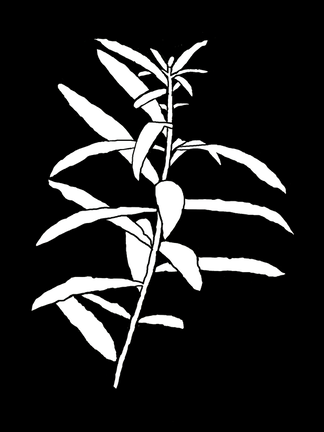 The next installment will be about my explorations of using my new stencils! This video was made as a promotion for a course that never happened but it shows where I started. For years, I have been painting landscapes in acrylic. I seek out the quiet places in the forests or overlooking the lake, places where I can relax and get away from the bustle of everyday living. Since the pandemic started, my everyday life has become very quiet and my landscape painting has slowed and stalled. This year, I have begun experimenting with new techniques and processes. My colour palette has changed from soft and natural to bright and cheerful. The paintings have become busier and more optimistic. For me, this helps to offset the quiet of the pandemic. I am enjoying making art again! I thought I would share my explorations with you – my journey: Down The Rabbit Hole There is an explosion of creativity when you let yourself follow a rabbit hole. Once I give myself over to the rabbit hole then my job is to follow it where ever it leads and there is only one rule: Think it, do it. Because if you don't, then you will forget about it and about that flash of curiosity and insight that happened when you thought of it. I like to document my search. A few short notes and a photo or two of the process is enough for me to come back later and pick it up. Or think of a new branch to the rabbit hole! I also like to keep all the little experiment pieces so that I can look back at them and remember. PS - It helps if the experiments don't take too much time. It allows more parts of the rabbit hole to be explored without losing interest.
I am going to set myself the goal of posting on this blog once or twice a week. So check here frequently to see where the rabbit hole leads! |
AuthorThe Okanagan provides inspiration wherever you look. I enjoy both painting on location and working in my studio. For more information contact me at [email protected] Archives
November 2023
Categories
All
|
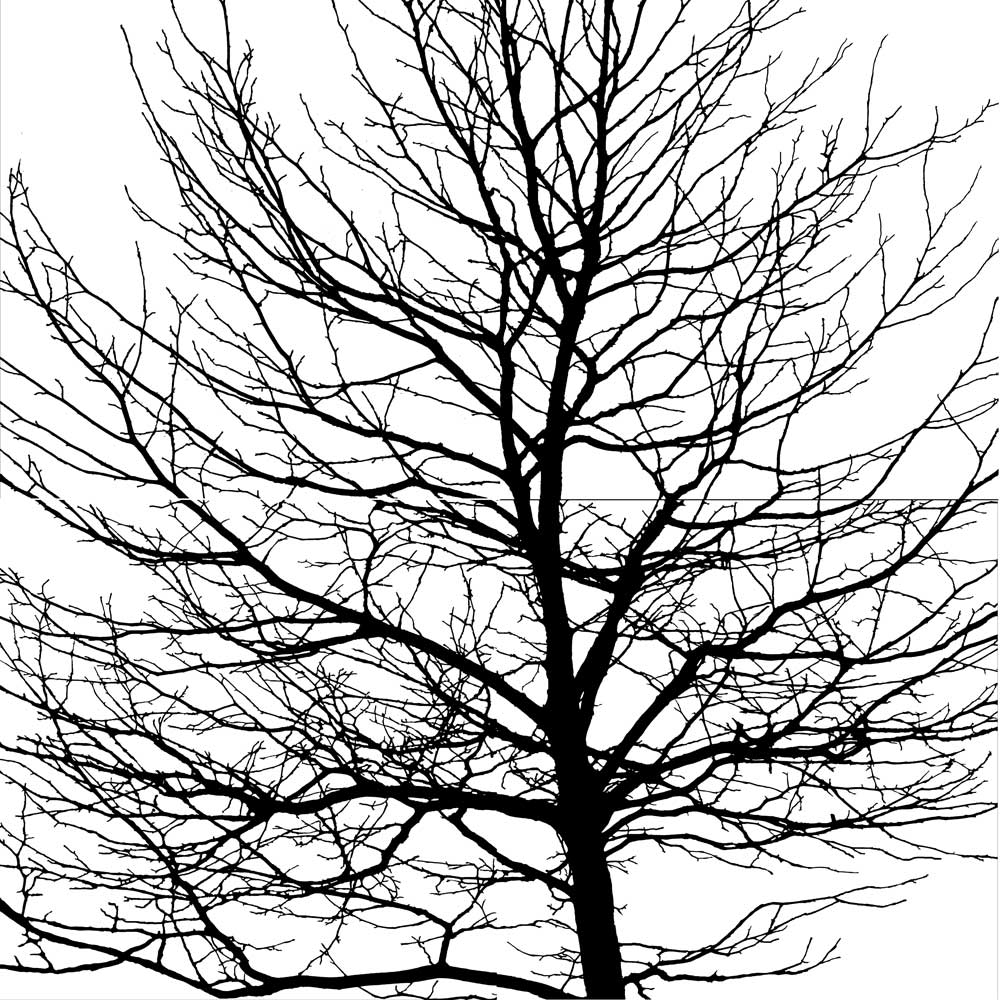
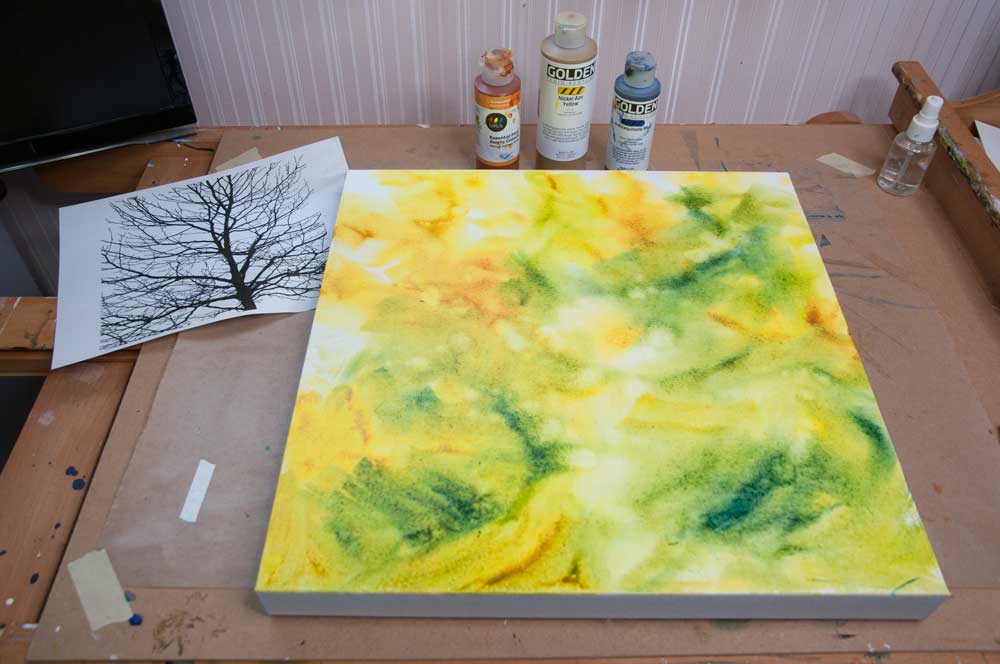
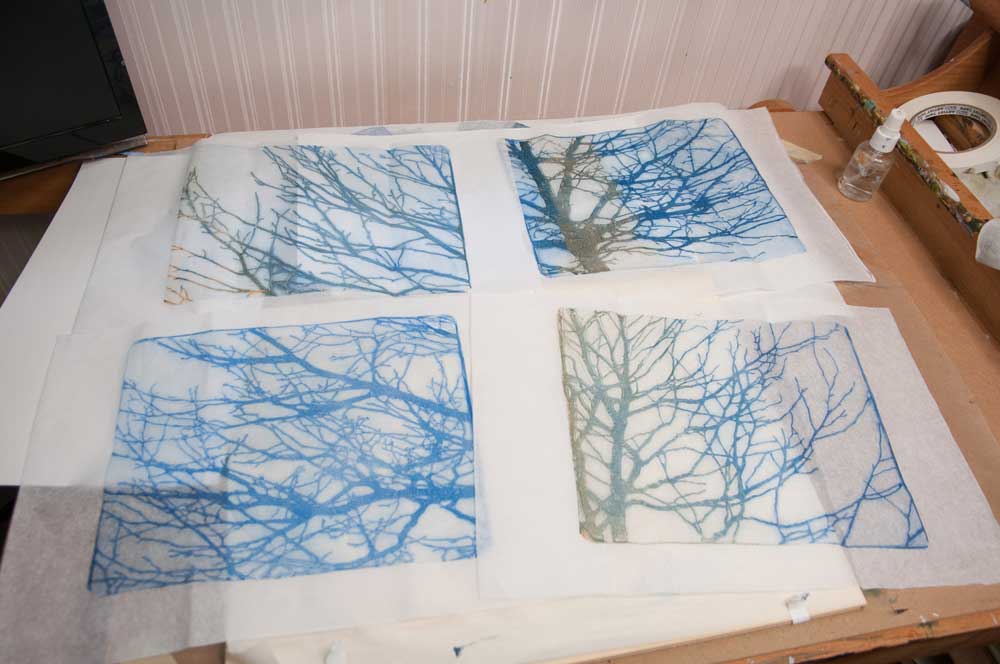
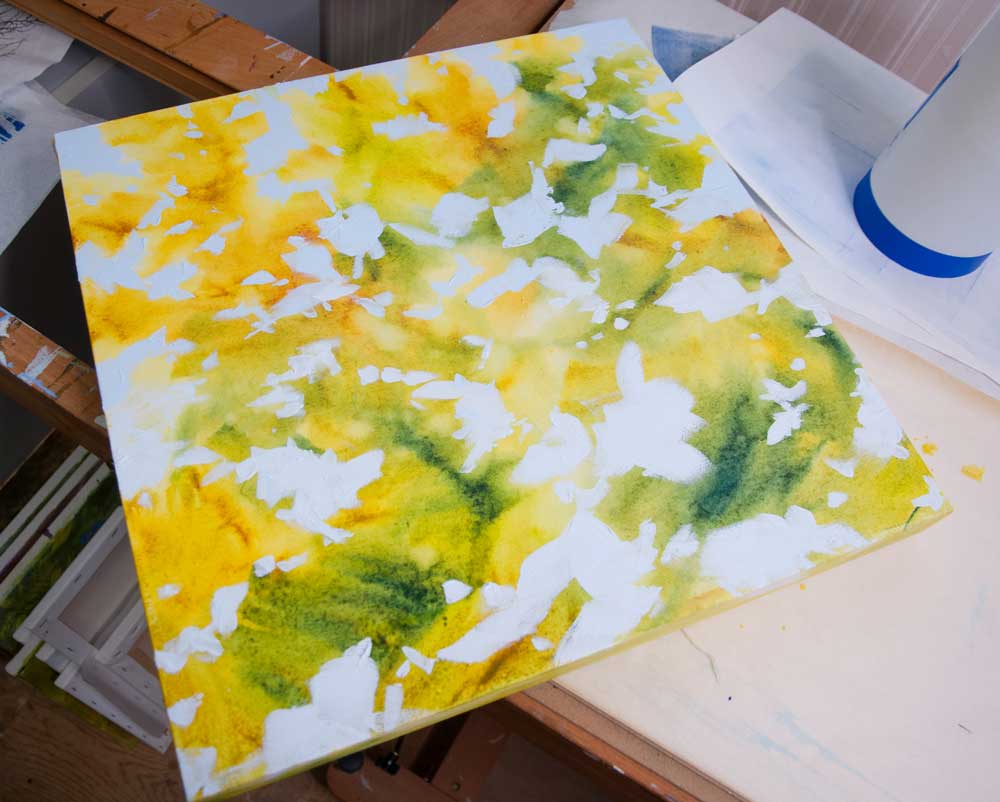
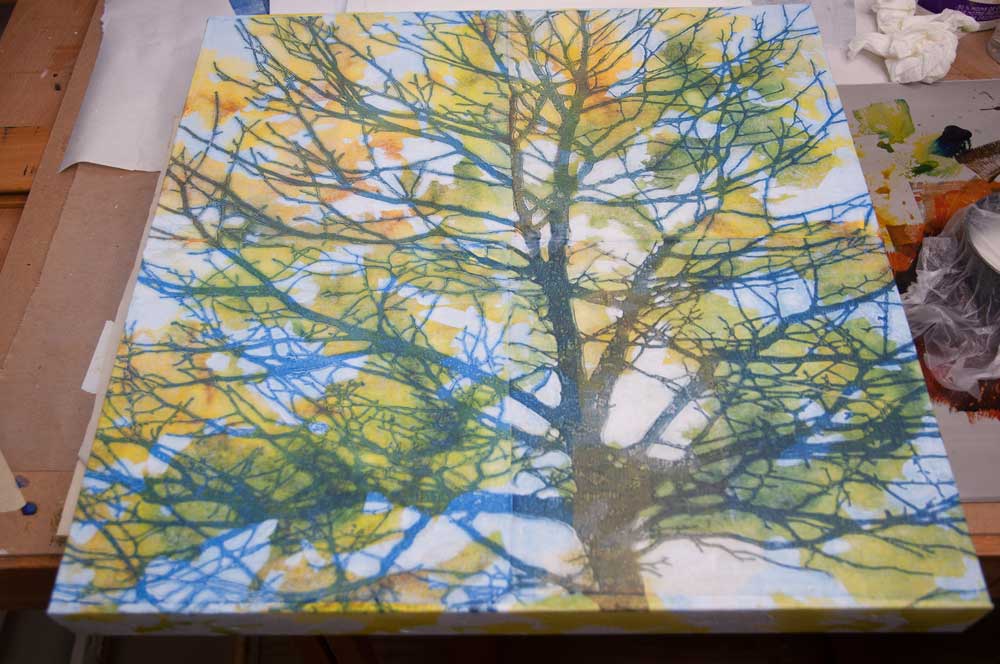
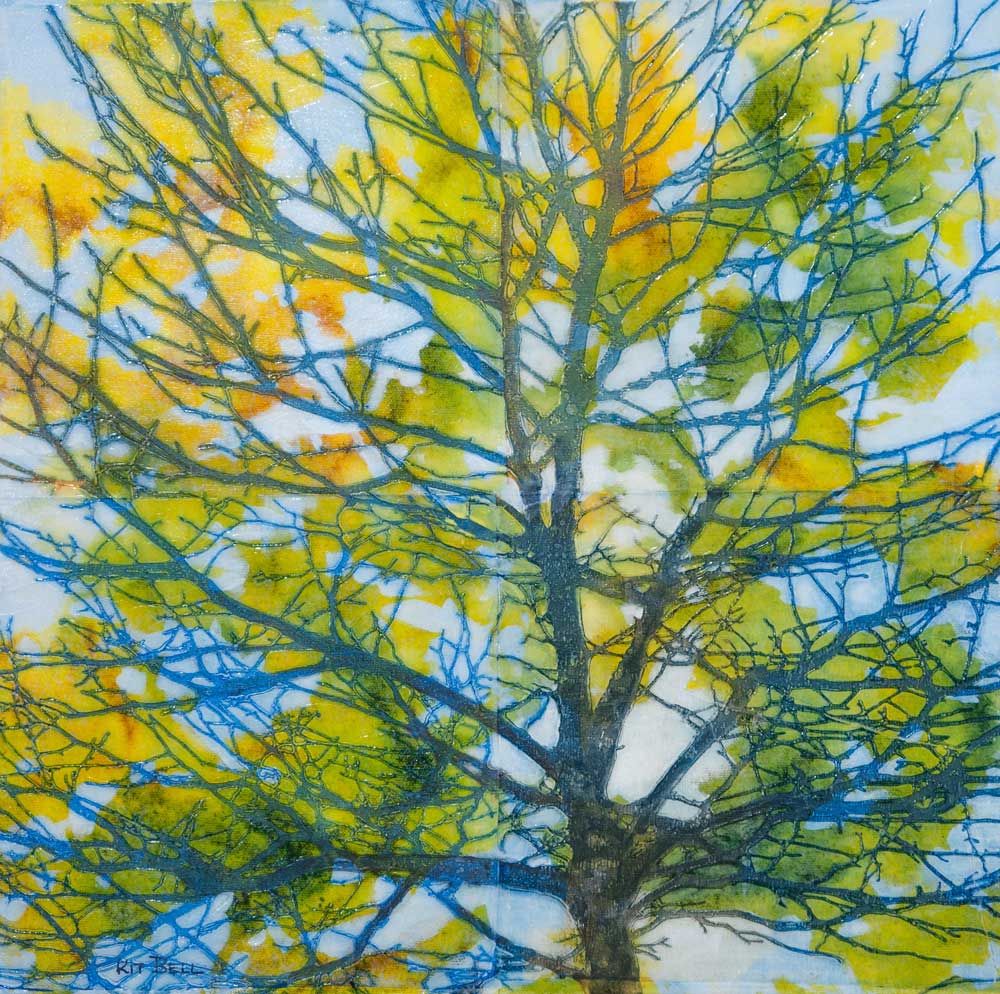
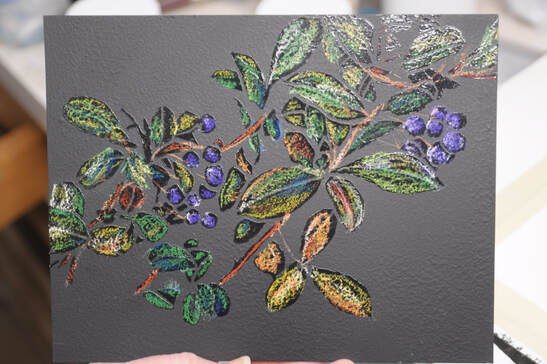
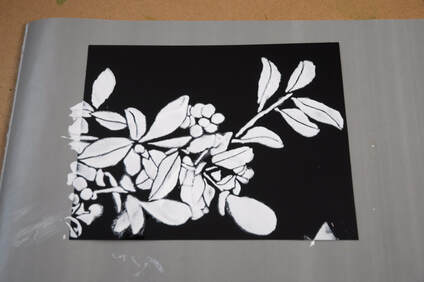
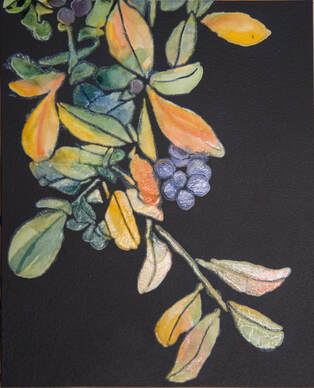
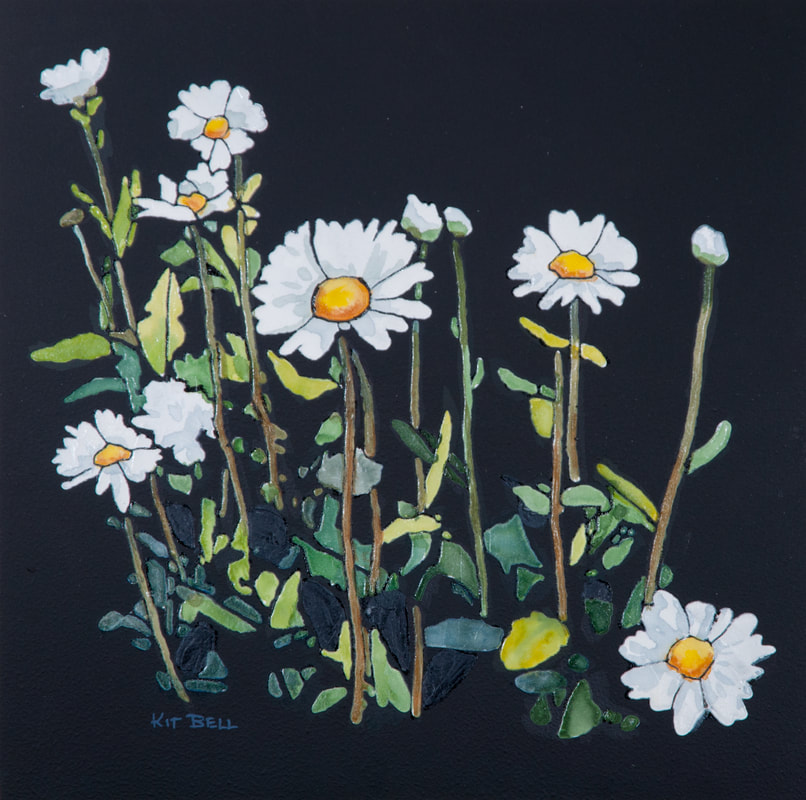
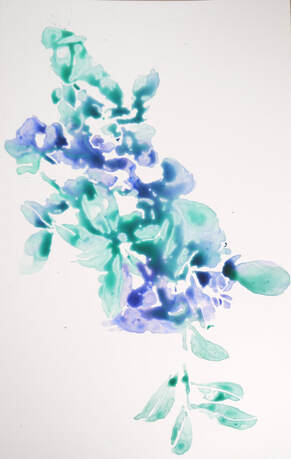
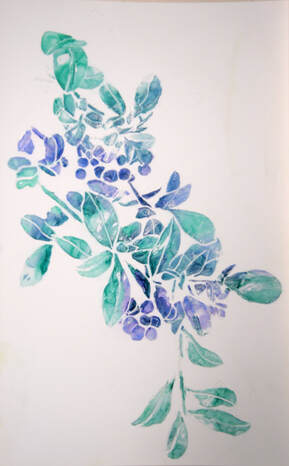
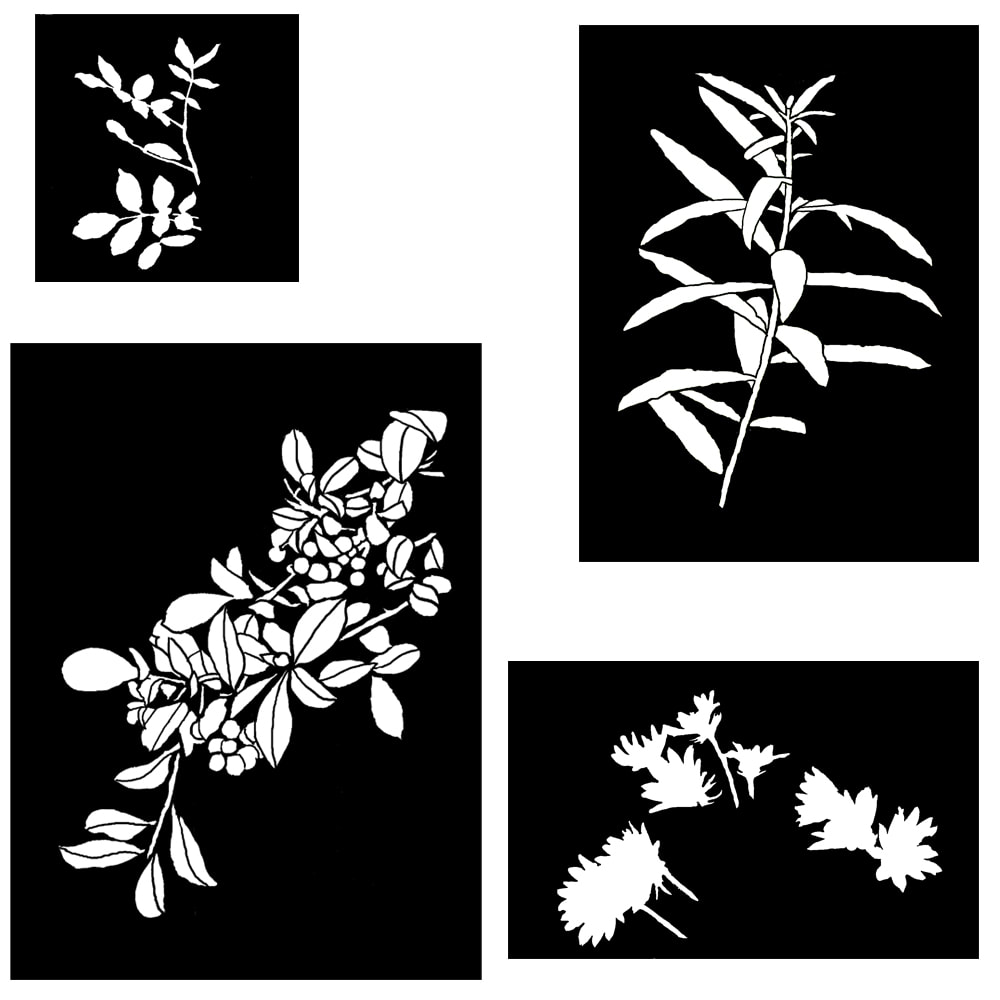
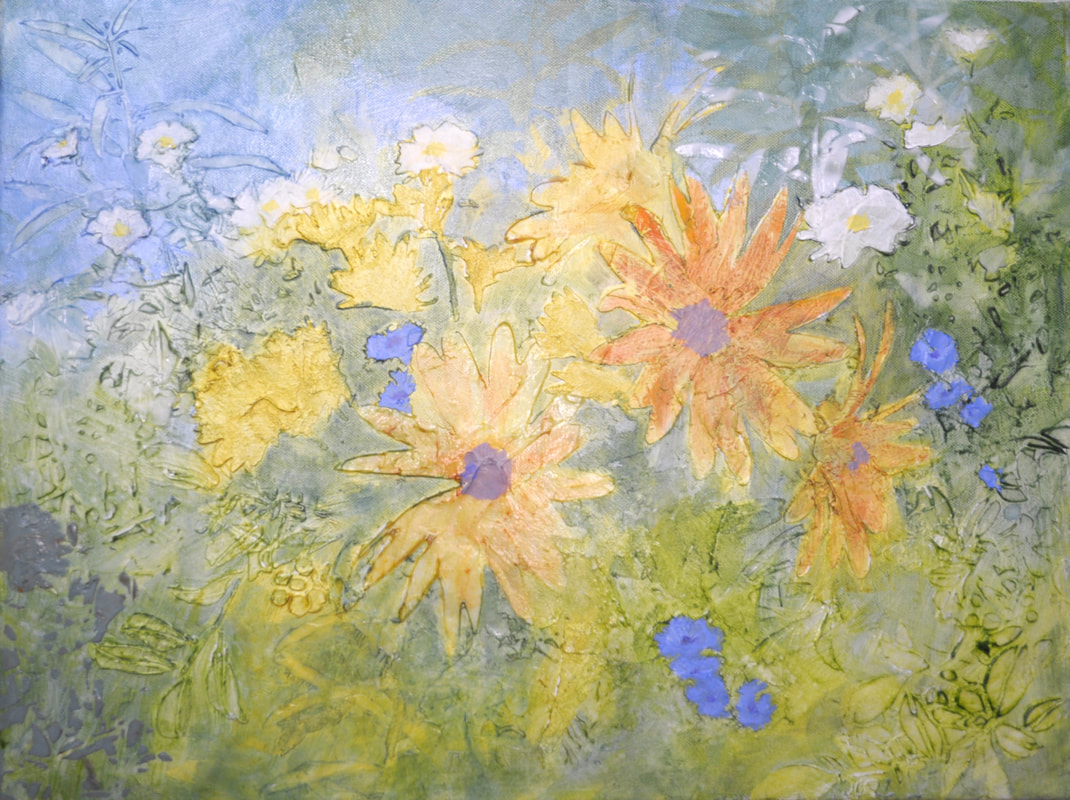
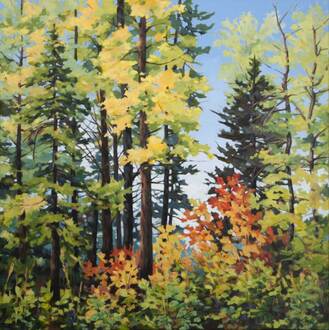
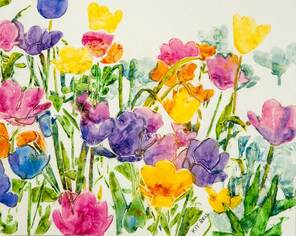
 RSS Feed
RSS Feed